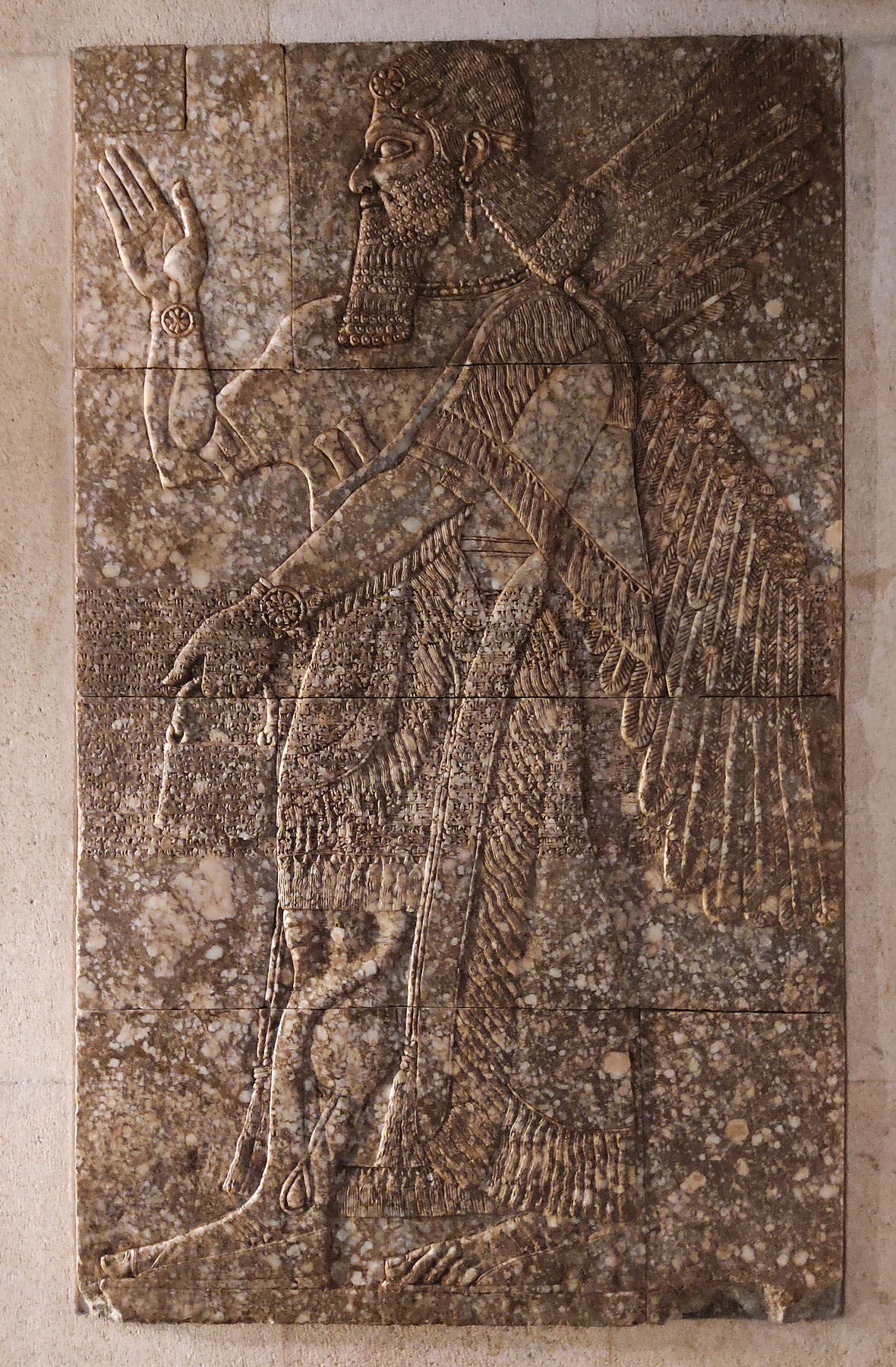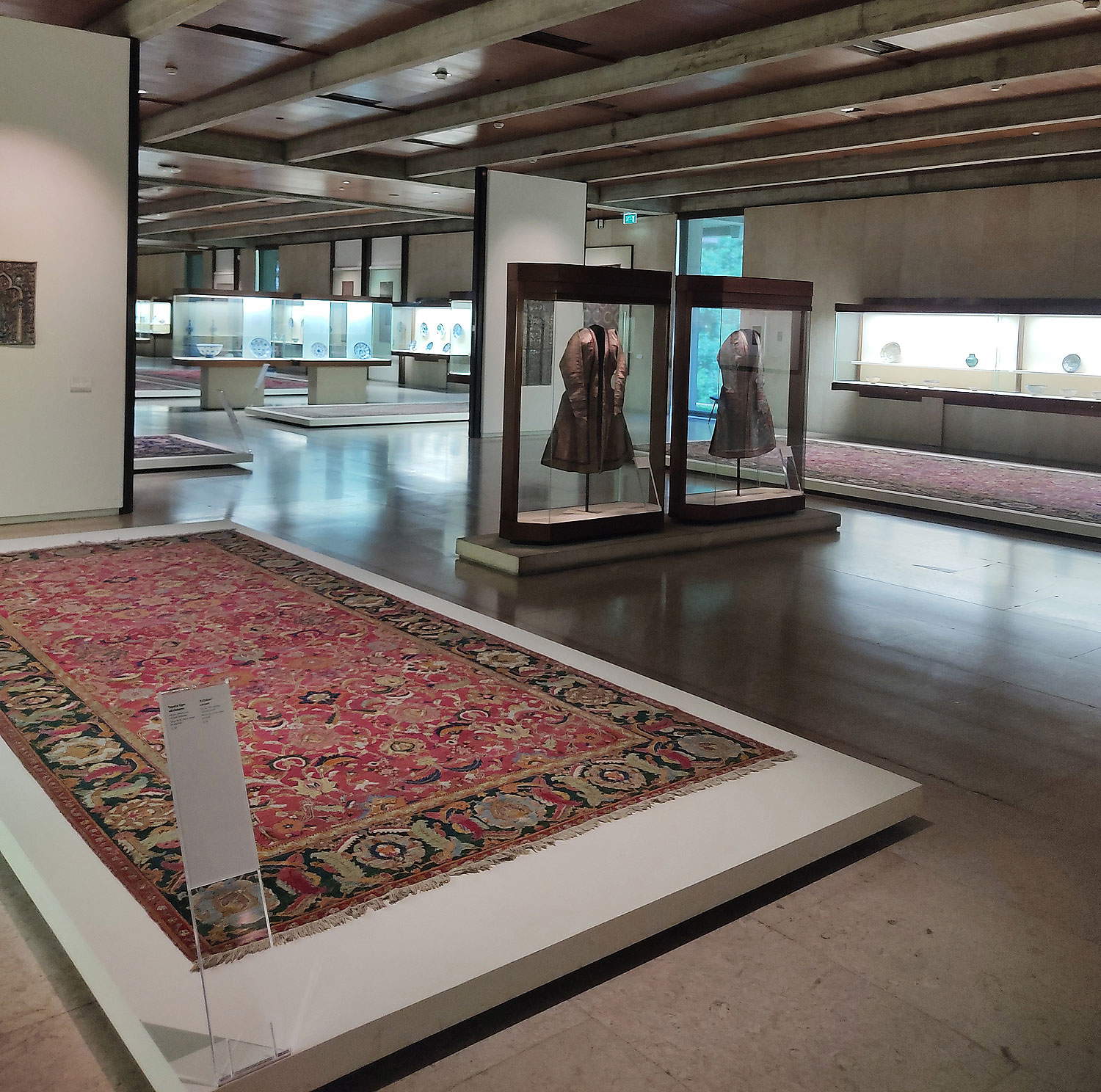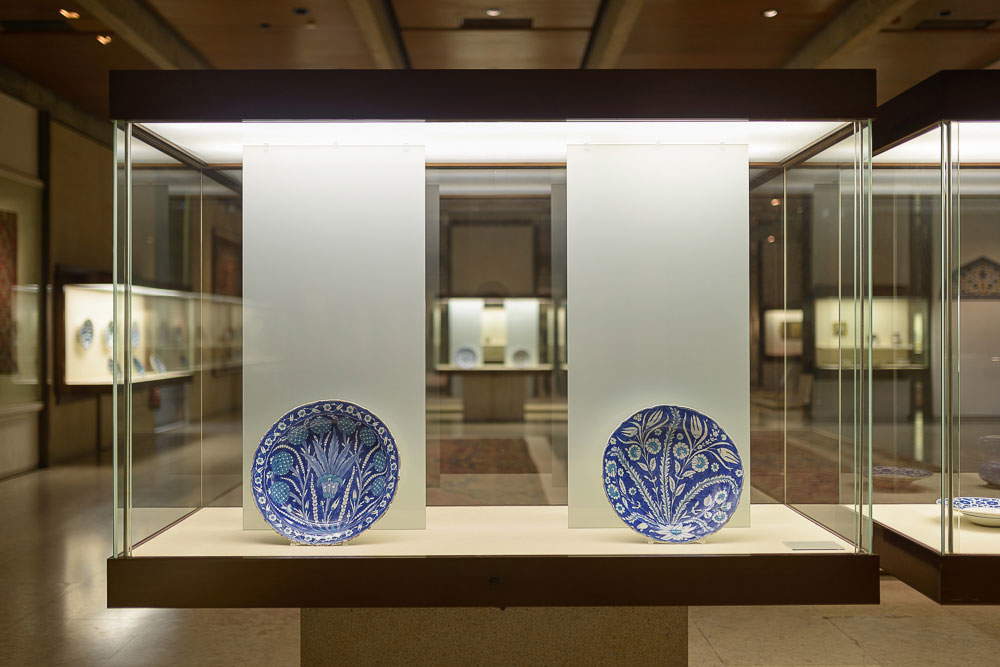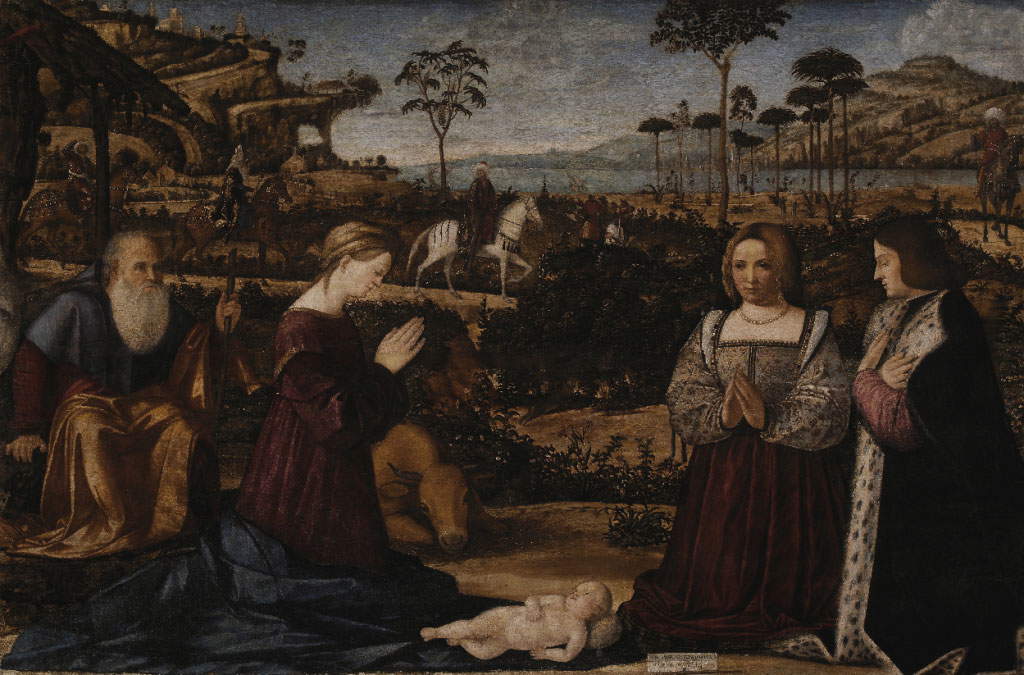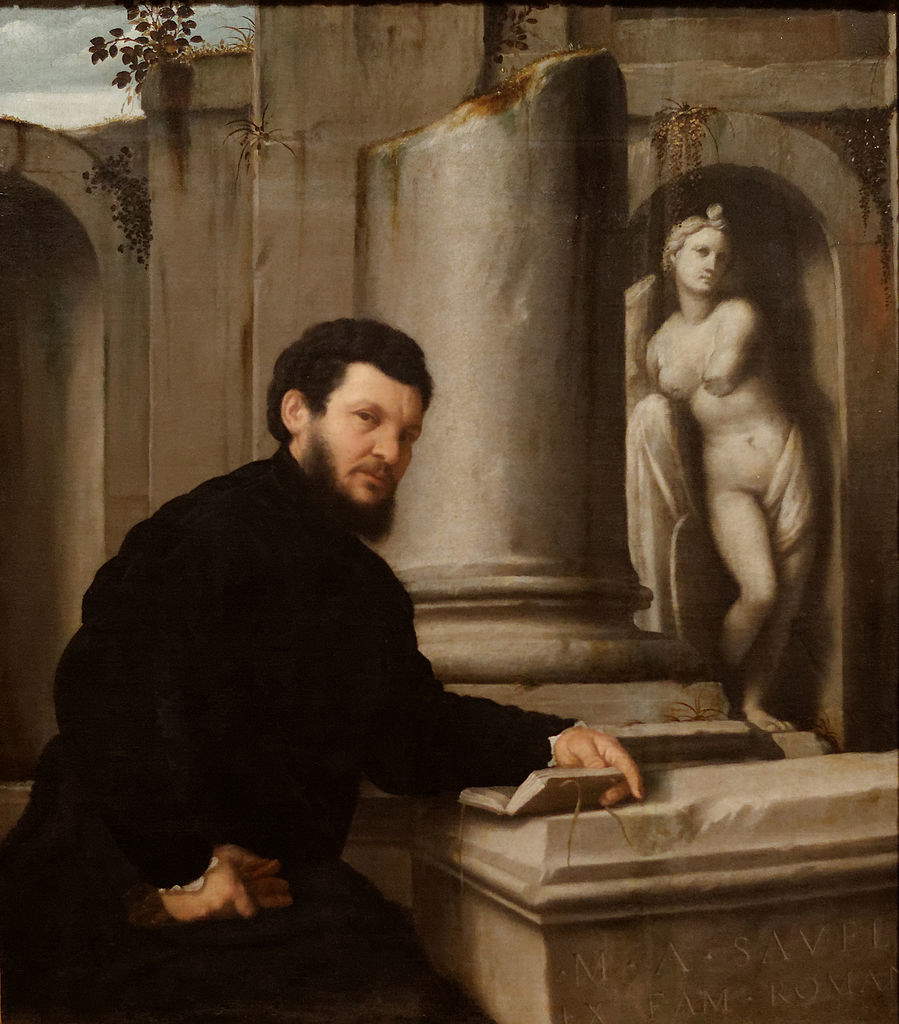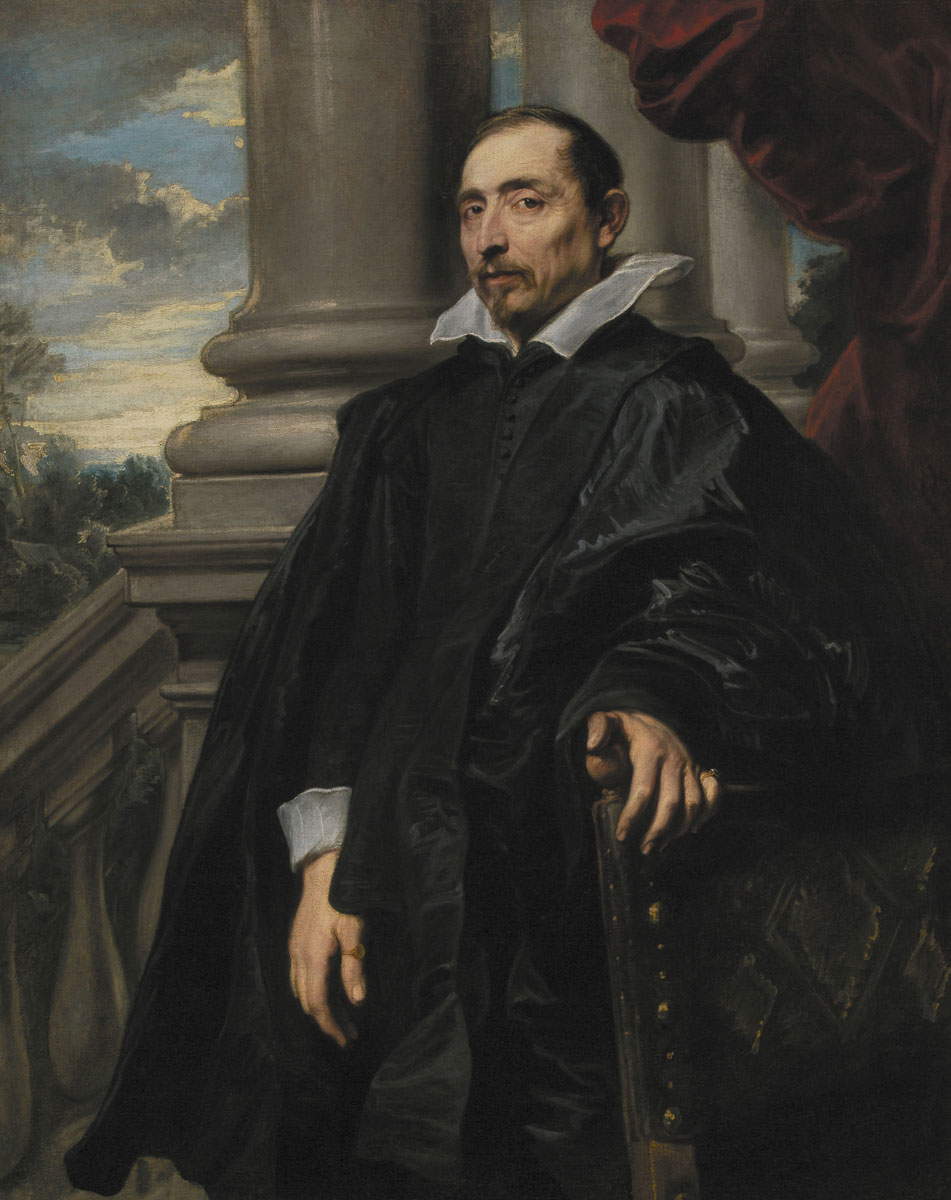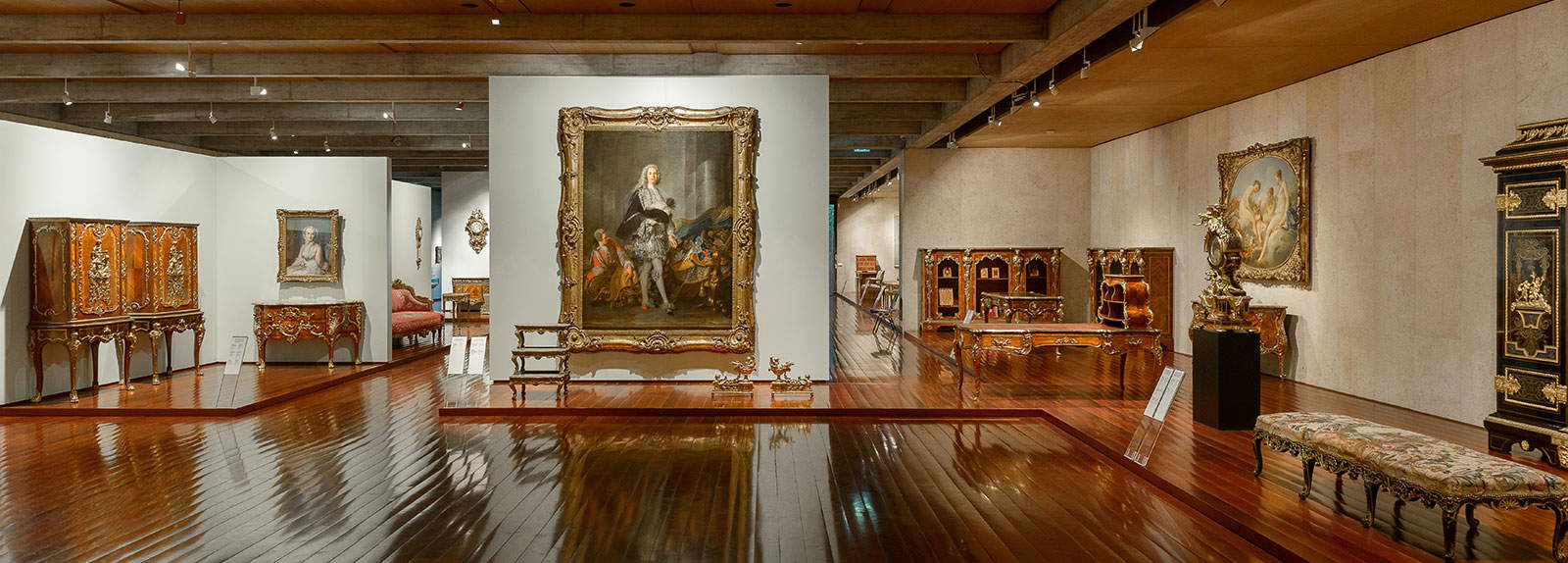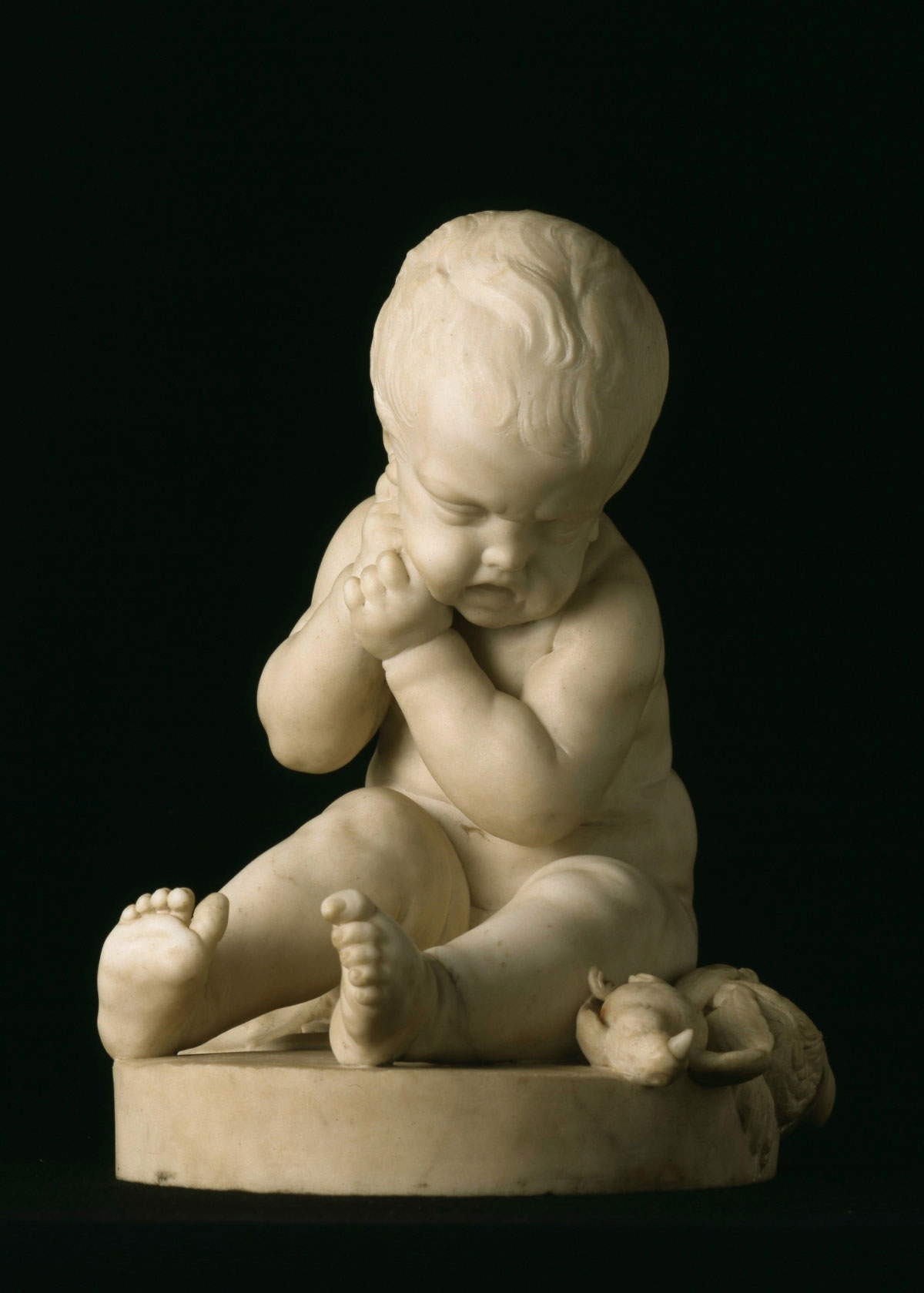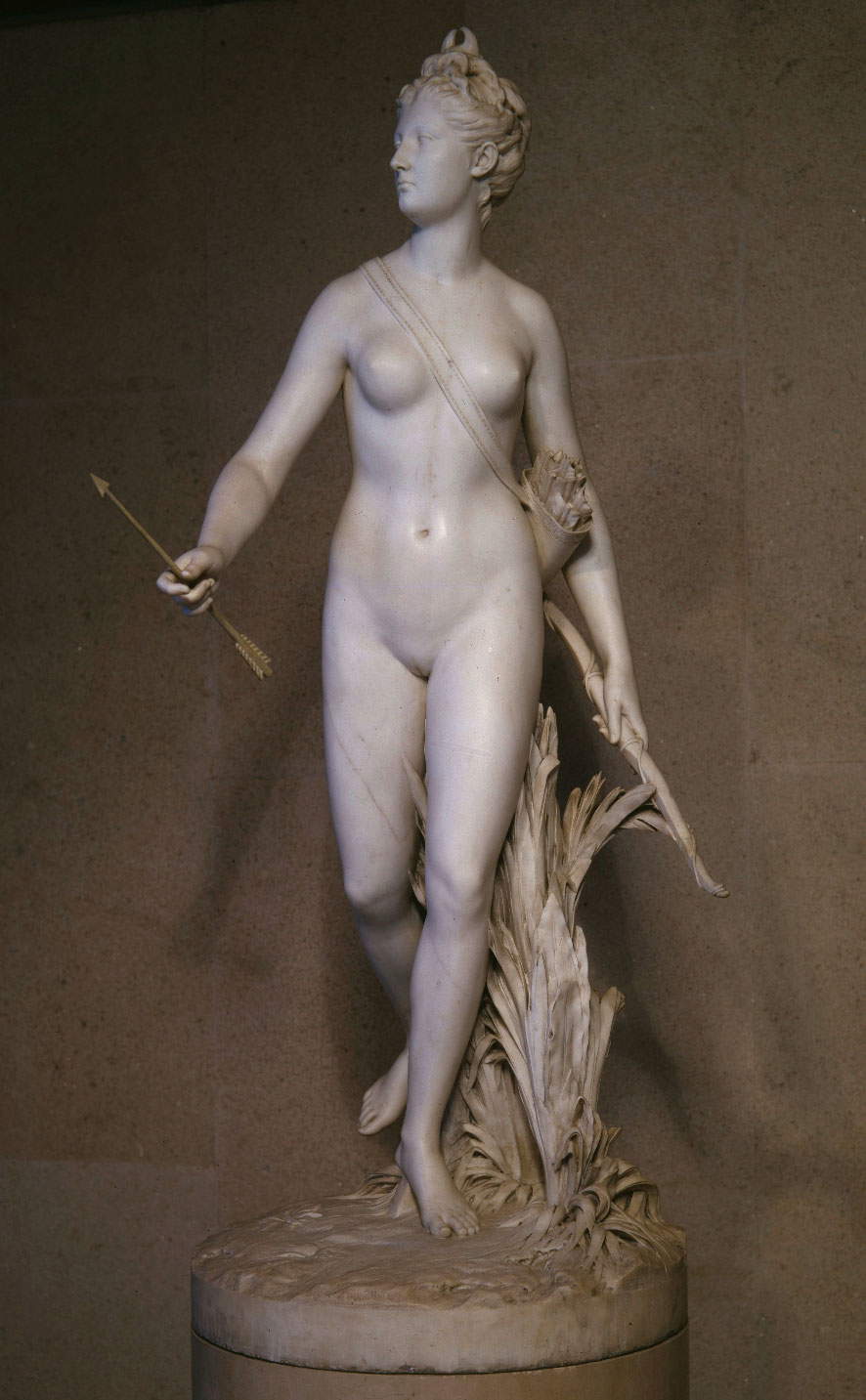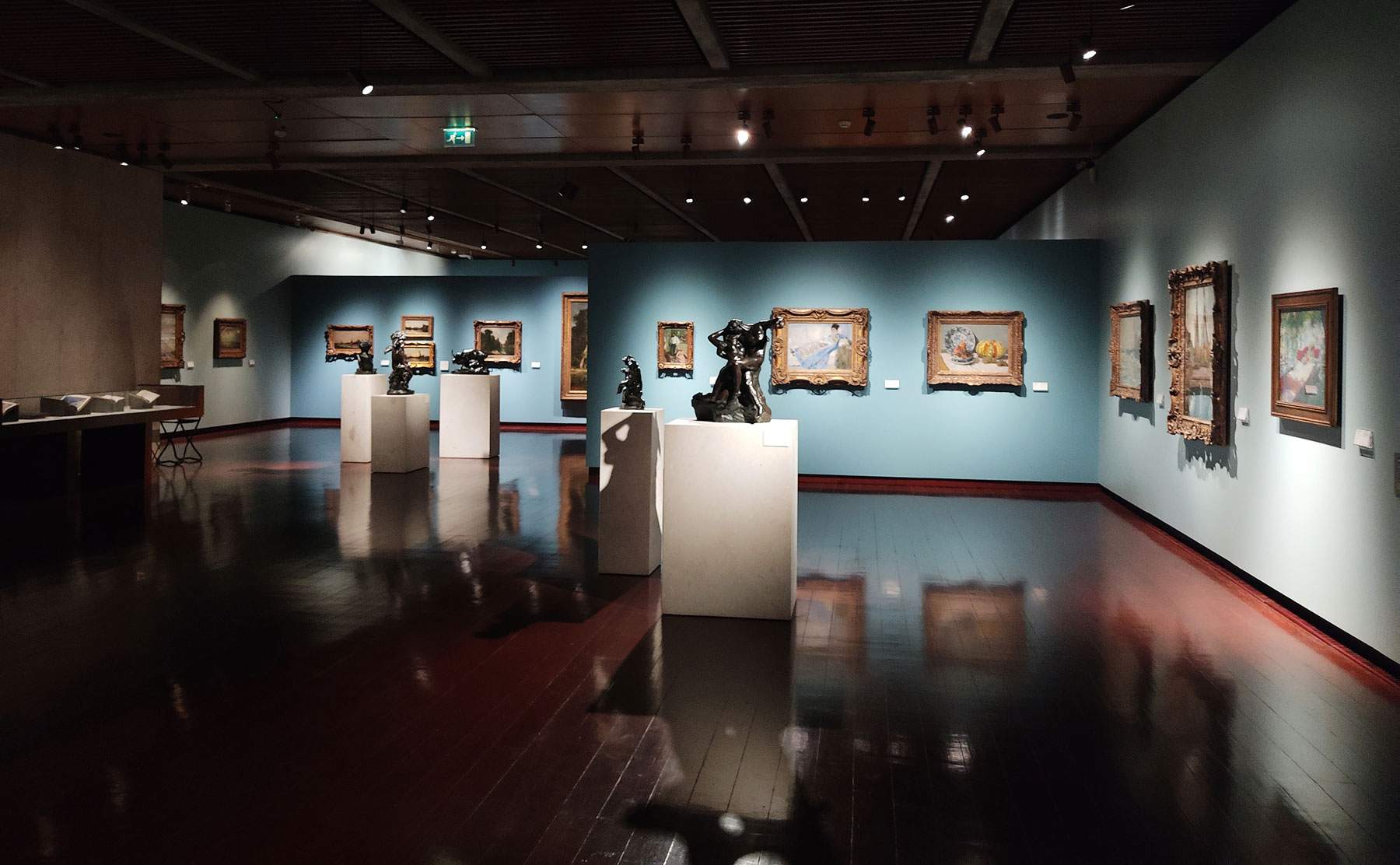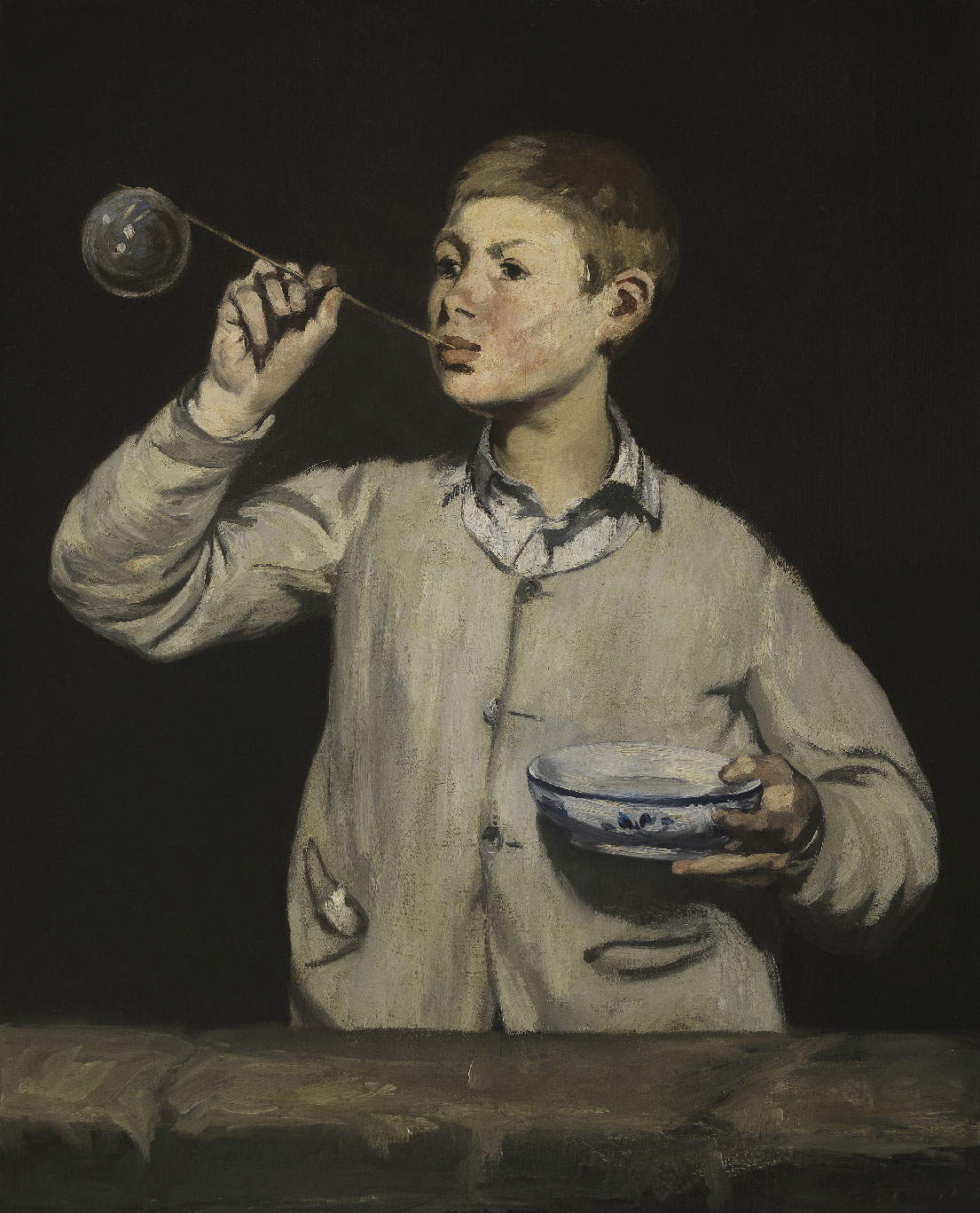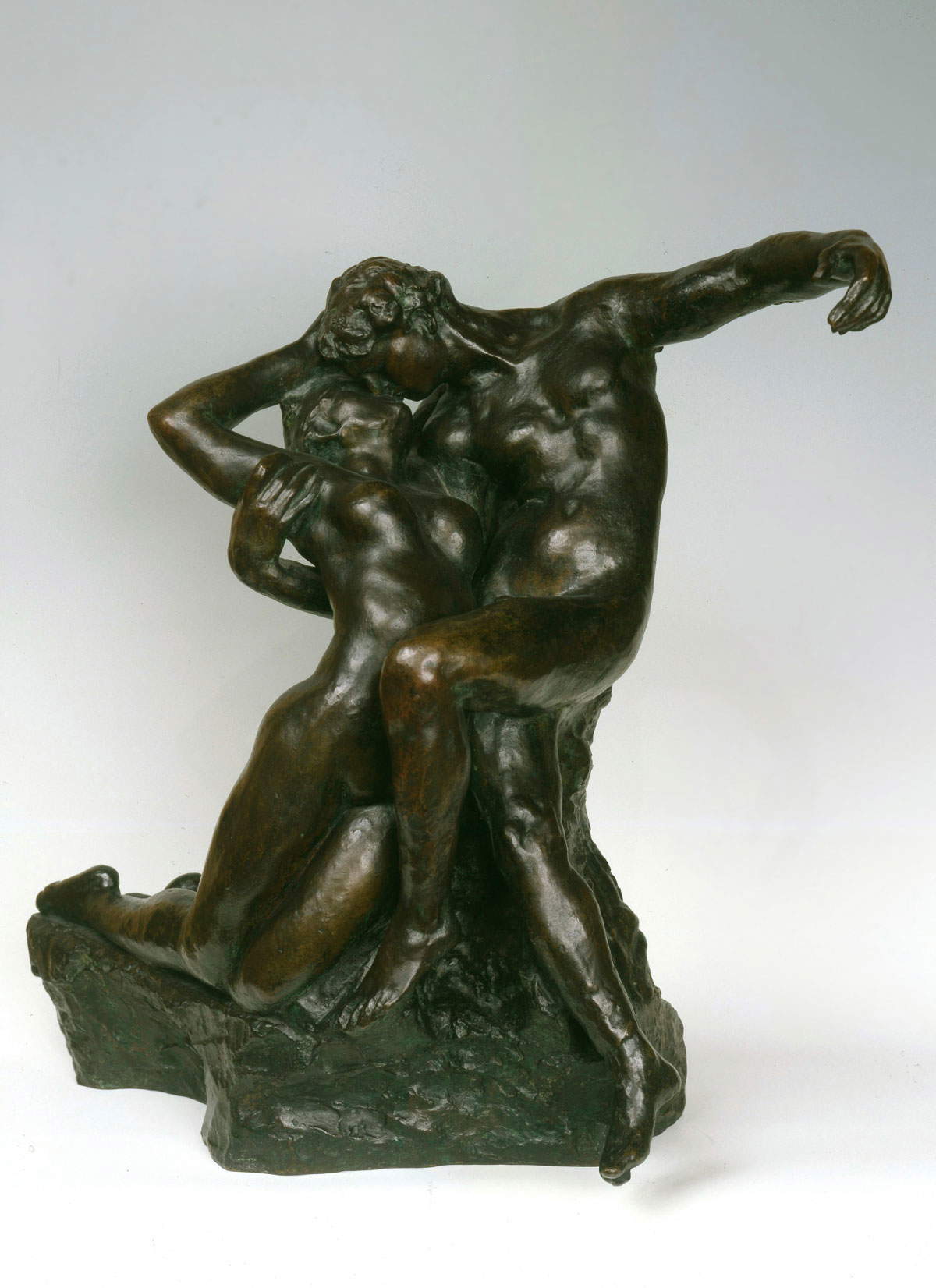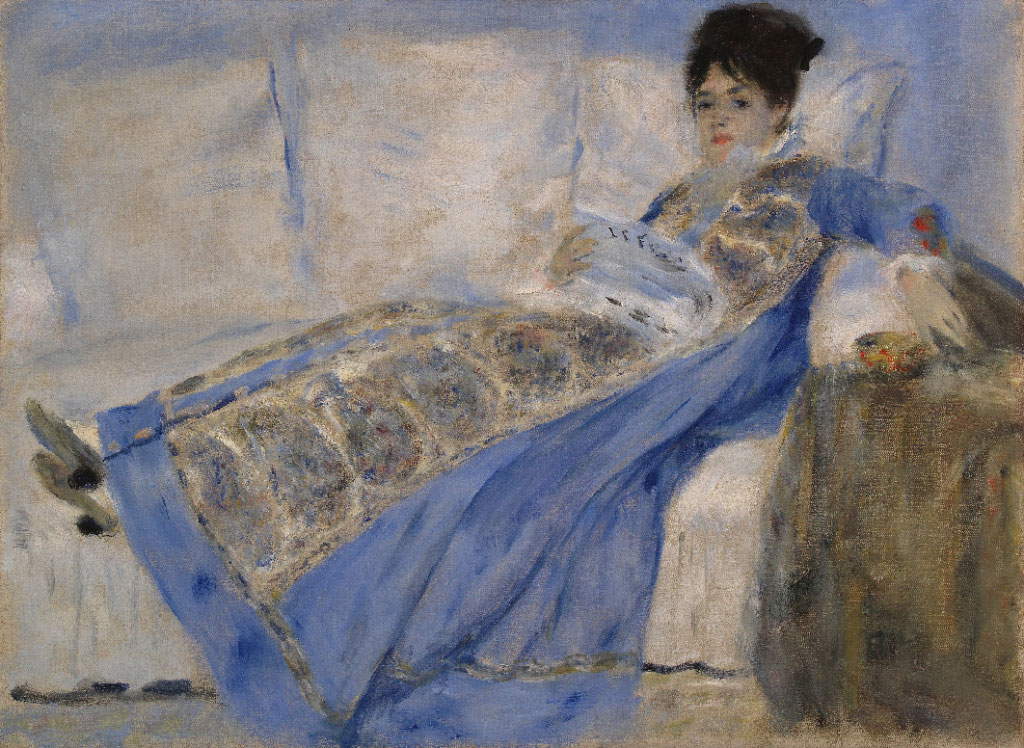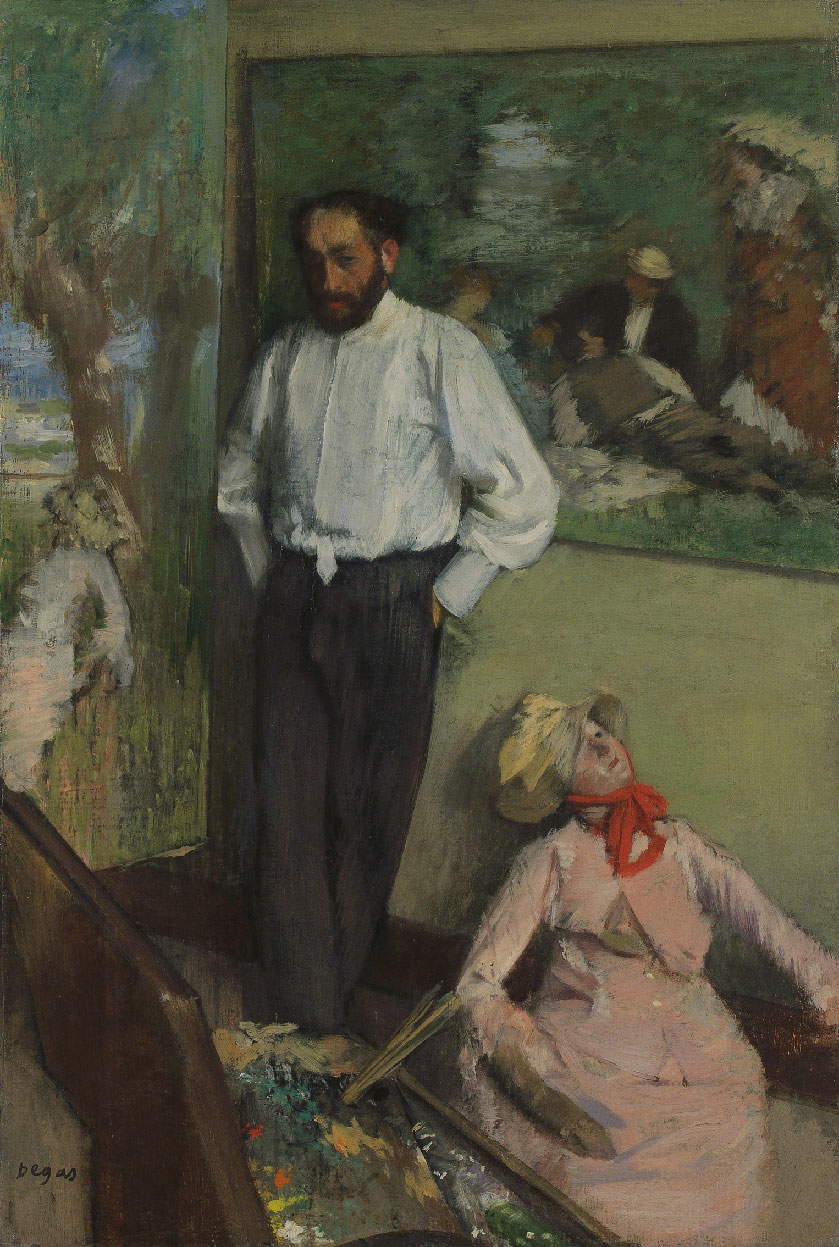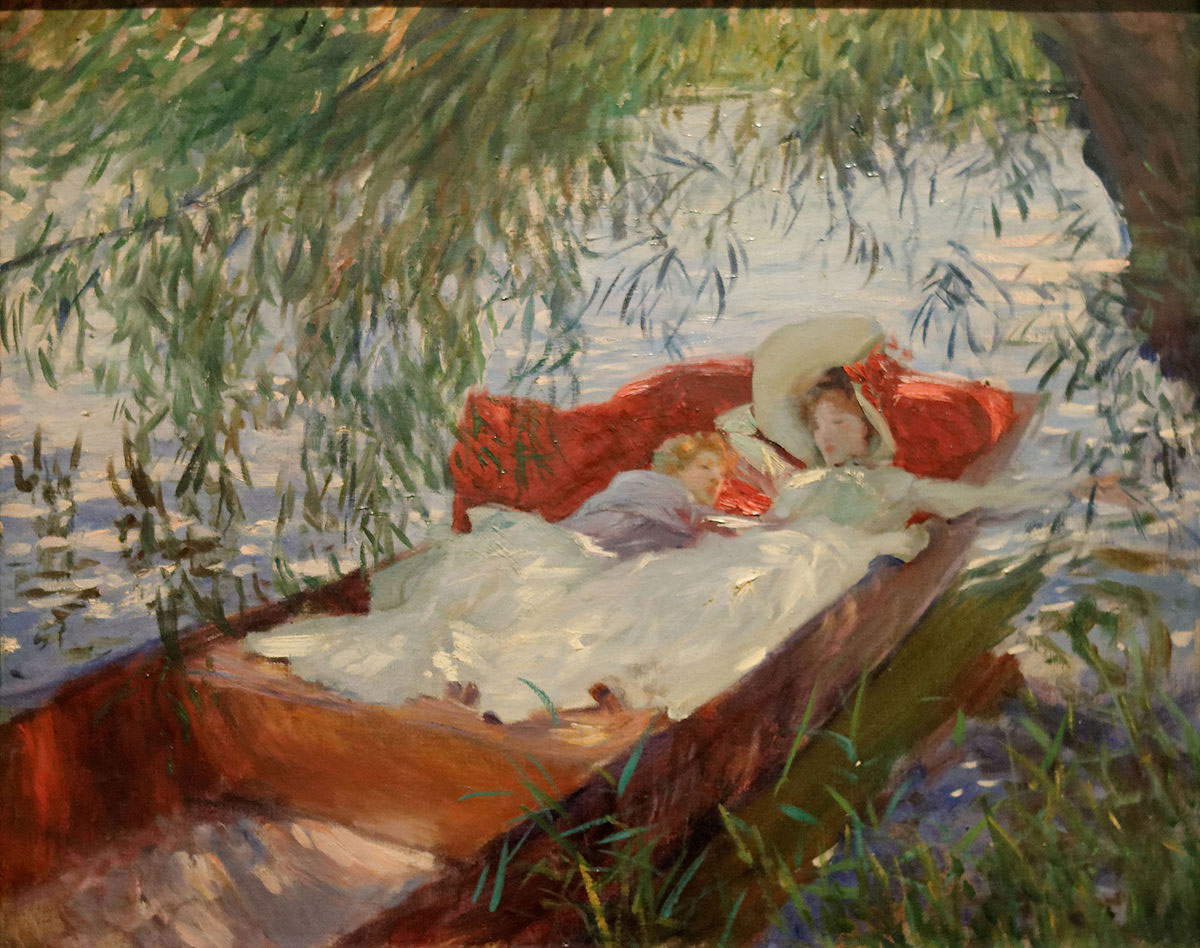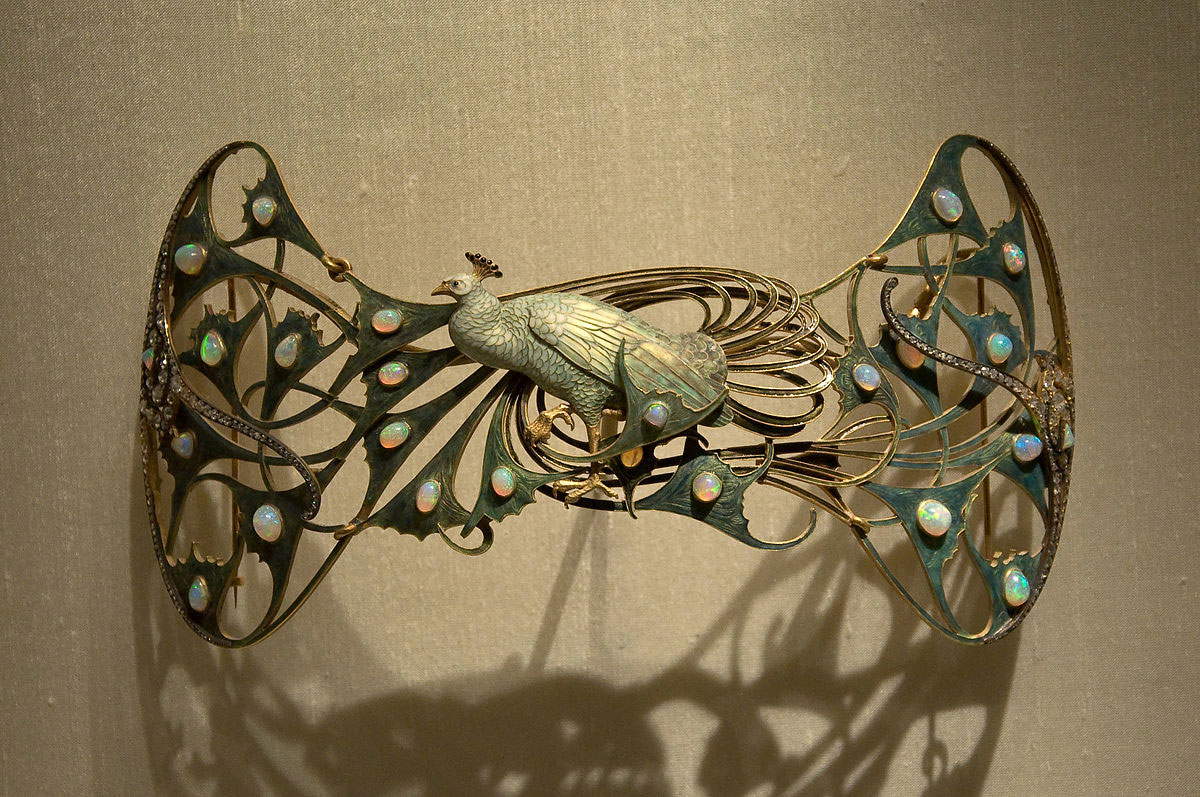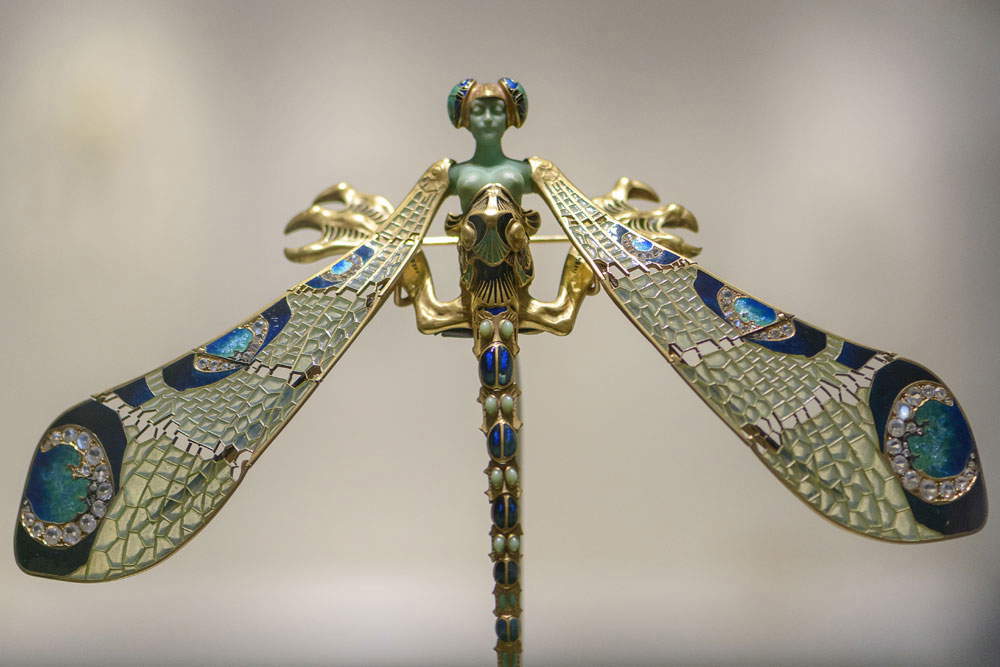by Jacopo Suggi , published on 25/08/2021
Categories: Works and artists
/ Disclaimer
Lisbon's Gulbenkian Museum, which originated from the collection of tycoon Calouste Gulbenkian (who had to leave the Ottoman Empire at the time of the persecutions against the Armenians), has become an essential stop for art lovers visiting the Portuguese capital.
Among the most visited museums in Portugal, the Gulbenkian Museum, albeit with a recent history, has become one of the main attractions of the country and its capital, Lisbon. This very rapid emergence is due to the extraordinary and happy combination of a diverse and colorful collection of the highest quality and the intriguing modern architecture of the structure that houses it and its integration into a thriving public garden. The collection is owed to the lively cultural eclecticism of entrepreneur Calouste Gulbenkian (Shkodra, Istanbul, 1869 - Lisbon, 1955). Armenian by birth, born in 1869 in the Ottoman Empire, because of the persecution to which his community was subjected he had to emigrate with his family to London. Calouste continued his father’s oil business, and over the course of his life accumulated an incredible fortune. In tandem with his constant travels, he put together a gigantic art collection, reflecting his personal taste.
During his lifetime, he took care to safeguard his collection, first ventilating the possibility of his bequest to the National Gallery in London, which, however, was skipped because the magnate was resentful against Her Majesty’s State, as he was listed as an enemy of state during World War II, and part of his estate was seized for having followed the French government to Vichy as a member of the Persian diplomatic delegation. Although soon after the war this disgrace had been withdrawn and the oilman compensated, he was annoyed and decided to change locations, opting for the National Gallery of Art in Washington.
At the time of his death, however, no final decision had yet been made, and that task fell to Lord Radcliffe, his lawyer and chief confidant, who decided to transfer Gulbenkian’s collection to Lisbon, where the Armenian had spent his last years of life.
The foundation that bears the entrepreneur’s name decided to have a futuristic headquarters built in the center of the Portuguese capital, and for that reason a competition was announced between 1959 and 1960. The design by architects Ruy Jervis d’Atouguia, Pedro Cid, and Alberto Pessoa was marked by simplicity, creativity, and spiritual concentration, characteristics that the commission felt responded to Gulbenkian’s life-long virtues, and was therefore optimal. An architecture of modernist taste and marked by Brutalist criteria was realized, where the simple parallelepiped shape of the structure enhances the materials used, granite and reinforced concrete, which give life to subtle chromaticisms together with the wooden interiors. The clarity of the structure is then continuously enlivened by the lush garden, where the structure is immersed and with which it continuously communicates. The garden itself is then embellished with ponds, fountains, and an outdoor amphitheater.
 |
| Exterior of the Museum |
 |
| Assyrian art, Bas-relief (Nimrud, c. 884-859 BCE; alabaster, 230 x 140 cm; Lisbon, Gulbenkian Museum) |
 |
| Details from the Islamic collection |
 |
| Details from the Islamic collection |
 |
| Turkish manufacture |
Fourteen years after Gulbenkian’s death, his extremely rich collection of more than 6,000 pieces has thus found its final home here, and part of it is put on display in the galleries that unfold around the gardens, with large windows that allow light and images to penetrate. An initial exhibit shows works from classical and oriental civilizations, collected by the oilman reflecting his origins. A rich collection of Egyptian artifacts greets the visitor, followed by an extraordinary collection of Greco-Roman art, partly from the Abukir treasure in Egypt, rediscovered in 1902, containing many medals and coins, as well as vases, glassware and exquisite cameos, and a rare testament toMesopotamian art: the bas-relief from the palace of Nimrud (884-859 B.C.) depicting a winged demon in a ritual stance.
Further east still move the next collections, with Islamic art from Syria, Persia, Turkey and India, where geometric stylistic features dominate the compositions of carpets, textiles, tiles, pottery and other artifacts. A small collection of Armenian scrolls from the 16th and 17th centuries is a tribute to its origins. Finally, there is a copious collection of Far Eastern art, gathered between China and Japan, with a splendid 17th-century screen, where scenes of court life, banquets, sporting engagements, guest receptions, and other daily activities are rendered with surprising freshness and a bird’s-eye perspective; there is no shortage of exquisite Chinese and Japanese ceramics.
And then many, many European art exhibits from every era: ivories and small Byzantine, Romanesque, and Burgundian sculptures, a rich selection of 16th- and 17th-century Italian and Flemish masterpieces. Special mention should be made of Domenico del Ghirlandaio’s Portrait of a Young Woman, which restores to us the harmonious figure of a 15th-century woman in fashionable robes and coral jewelry; a Holy Family by Vittore Carpaccio immersed in a dazzling landscape; and Cima da Conegliano’s Holy Conversation, in which formal clarity is enhanced by brilliant colors. Equally important is Portrait of Marco Antonio Savelli, the first achievement in the field of portraits by the consummate portraitist Giovan Battista Moroni.
 |
| Vittore Carpaccio, Holy Family and Donors (1505; tempera and oil on panel, 90.1 x 133.9 cm; Lisbon, Gulbenkian Museum) |
 |
| Cima da Conegliano, Rest during the Flight into Egypt with Saints John the Baptist and Lucy (c. 1517; tempera and oil on panel, 53.9 x 71.6 cm; Lisbon, Gulbenkian Museum) |
 |
| Giovan Battista Moroni, Portrait of Marco Antonio Savelli (1543-1544; oil on canvas, 137 x 112 cm; Lisbon, Gulbenkian Museum) |
 |
| Antoon van Dyck, Portrait of a Man (1620-1621; oil on canvas, 142 x 112 cm; Lisbon, Gulbenkian Museum) |
 |
| Peter Paul Rubens, Portrait of Helena Fourment (1630-1632; oil on panel, 186 x 85 cm; Lisbon, Gulbenkian Museum) |
 |
| Gulbenkian Museum Hall |
 |
| Jean-Baptiste Pigalle, Statuette of a Child (18th century; marble, 42.5 x 35.5 x 37.5 cm; Lisbon, Gulbenkian Museum) |
 |
| Jean-Antoine Houdon, Diana (1780; marble, 210 x 98 x 115 cm; Lisbon, Gulbenkian Museum) |
 |
| Joseph Mallord William Turner, The Wreck of a Cargo Ship (1810; oil on canvas, 175 x 245 cm; Lisbon, Gulbenkian Museum) |
 |
| Joseph Mallord William Turner, Quillebeuf, Mouth of the Seine (1833; oil on canvas, 88 x 120 cm; Lisbon, Gulbenkian Museum) |
Works by non-Italian artists include two splendid portraits by Rembrandt, a Portrait of an Old Man and Mythological Portrait of Athena, which were purchased by Gulbenkian from the Hermitage, where they had entered as part of Catherine II’s collection. But other formidable portraitists such as Frans Hals and van Dyck are also on display, as well as paintings by Rubens, who knew how to make painted flesh alive and pulsating. These masterpieces are followed by a very rich collection of furniture, robes, and supplies in the Rococo style, among which painting and sculpture are also not out of place, with authors such as Fragonard and Houdon.
If the collection of ancient art is of the highest standard, the modern collection is perhaps even better. The great innovators of the 19th century are present, such as some splendid paintings by William Turner that seem to anticipate certain solutions later adopted by the Impressionists, or the earthy paintings of Camille Corot, who taught generations of painters how to look at nature and portray it from life.
Several masterpieces by Édouard Manet appear: in Boy with Cherries the thoughtful rendering inferred from 17th-century Dutch painting is enlivened by the boy’s irreverent pose. Mockingly, the smiling model Alexandre here, who posed for the painter several times, ended his life by committing suicide in the artist’s studio on Lavoisier Street. Equally wondrous is the Boy Making Bubbles, an allegorical portrait that hints at the vanity and transience of life; as fragile as the bubbles the child makes, the painter renders the scene with great intimacy, harking back to the painting of the great masters.
In the Portrait of Madame Monet painted around 1872, Pierre-Auguste Renoir makes a very fresh painting where the light-soaked Impressionist technique normally used for en-plein air painting is here used to make a painting of great modernity, with references to Japanese fashion, such as the bowl resting on the table. More frivolous, however, are the two figures caught in a moment of repose aboard a boat imprinted by John Singer Sargent. Then again formidable paintings by Claude Monet, Edgar Degas, the works of Rodin, including the bust of Victor Hugo, Latour, Boldini, and many others.
 |
| Hall with contemporary collection; Lisbon, Gulbenkian Museum) |
 |
| �?douard Manet, Boy Blowing Bubbles (1867; oil on canvas, 100.5 x 81.4 cm; Lisbon, Gulbenkian Museum) |
 |
| �?douard Manet, Boy with Cherries (1858; oil on canvas, 65.5 x 54.5 cm; Lisbon, Gulbenkian Museum) |
 |
| Auguste Rodin, Eternal Spring (1898; bronze, 64 x 69 x 38.5 cm; Lisbon, Gulbenkian Museum) |
 |
| Pierre-Auguste Renoir, Portrait of Madame Claude Monet (1872-1874; oil on canvas, 53 x 71.7 cm; Lisbon, Gulbenkian Museum) |
 |
| Edgar Degas, Portrait of Henri Michel-Lévy (1878; oil on canvas, 40 x 28 cm; Lisbon, Gulbenkian Museum) |
 |
| John Singer Sargent, Lady and Child asleep on a Boat under the Willows (1887; oil on canvas, 56 x 68.6 cm; Lisbon, Gulbenkian Museum) |
 |
| René Lalique, Diadem with Rooster (1897-1898; gold, enamel, horn and amethyst; Lisbon, Gulbenkian Museum) |
 |
| René Lalique, Brooch with Peacock (1898-1900; gold, enamel, opals and diamonds, 9.2 x 19 cm; Lisbon, Gulbenkian Museum) |
 |
| René Lalique, Dragonfly Brooch (1897-1898; gold, enamel, chrysoprase, chalcedony, moonstone, and diamonds, 23 x 26.5 cm; Lisbon, Gulbenkian Museum) |
If anyone still hasn’t been convinced that the Gulbenkian Museum is a precious treasure chest, the section with the works created by René Lalique among jewelry, glass, and other precious items will make them think again. The Armenian magnate began collecting this incredible set when he first met the French artist in 1890. A long friendship was born between the two, and the beautiful works sometimes in art nouveau taste and other times in art deco are unmatched pieces between craftsmanship and design.
The precious gold, opal and diamond choker depicting a tree-lined landscape represents the first work to enter Calouste’s collection. But numerous are the other splendid marvels: pendants with a woman’s face, brooches in the shape of a rooster, or the famous Cluny vase, which won much acclaim at the International Exhibition of Modern Decorative and Industrial Arts, inaugurated in Paris in April 1925, and which would also become famous for giving rise to the designation of the Art Deco style.
In addition, this extraordinary museum is embellished by a well-stocked library and a venue where a modern collection, added later, and a collection that did not belong to Gulbenkian, is arranged, gathering more than ten thousand works by modern and contemporary Portuguese artists. An incredibly omnivorous museum, as omnivorous was the one who commissioned it, without ever sacrificing the always high quality of the works and exhibits on display.
Warning: the translation into English of the original Italian article was created using automatic tools.
We undertake to review all articles, but we do not guarantee the total absence of inaccuracies in the translation due to the program. You can
find the original by clicking on the ITA button. If you find any mistake,please contact us.

